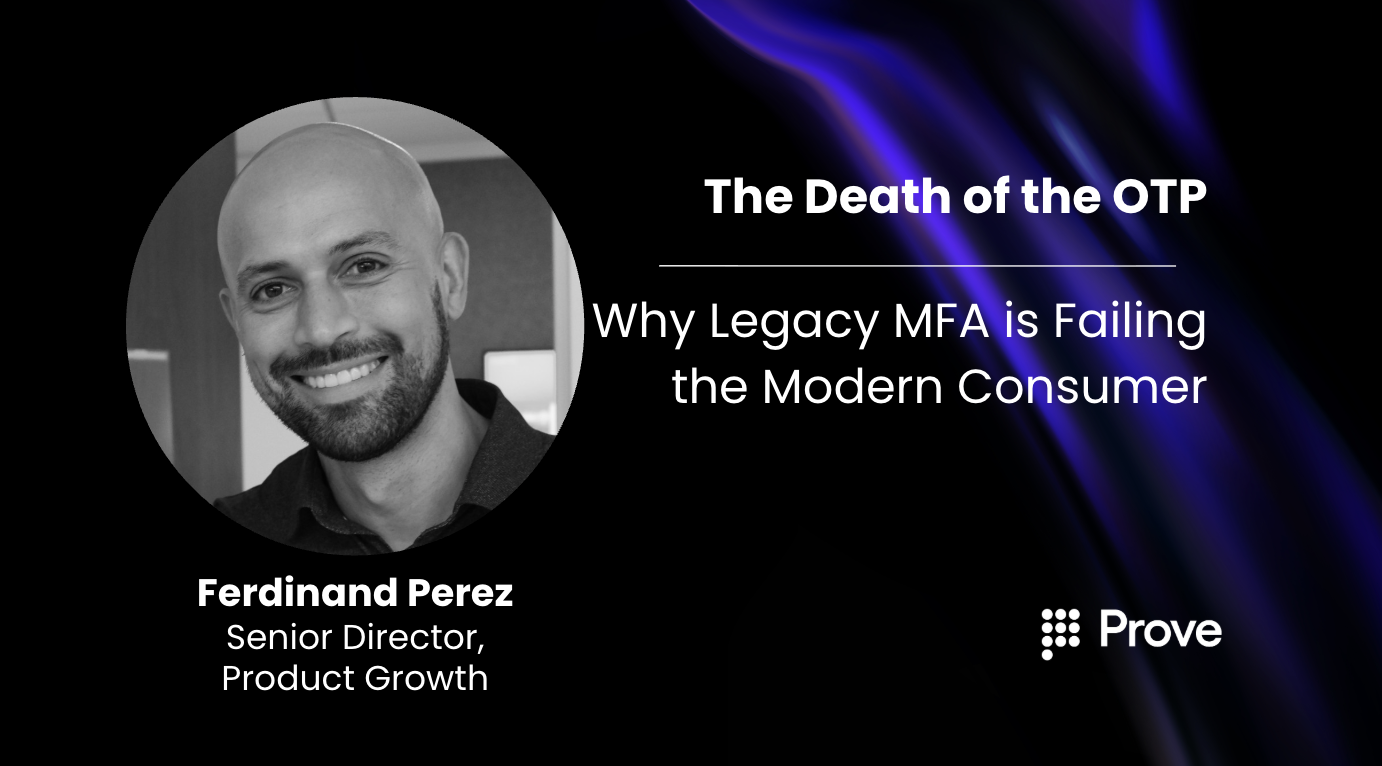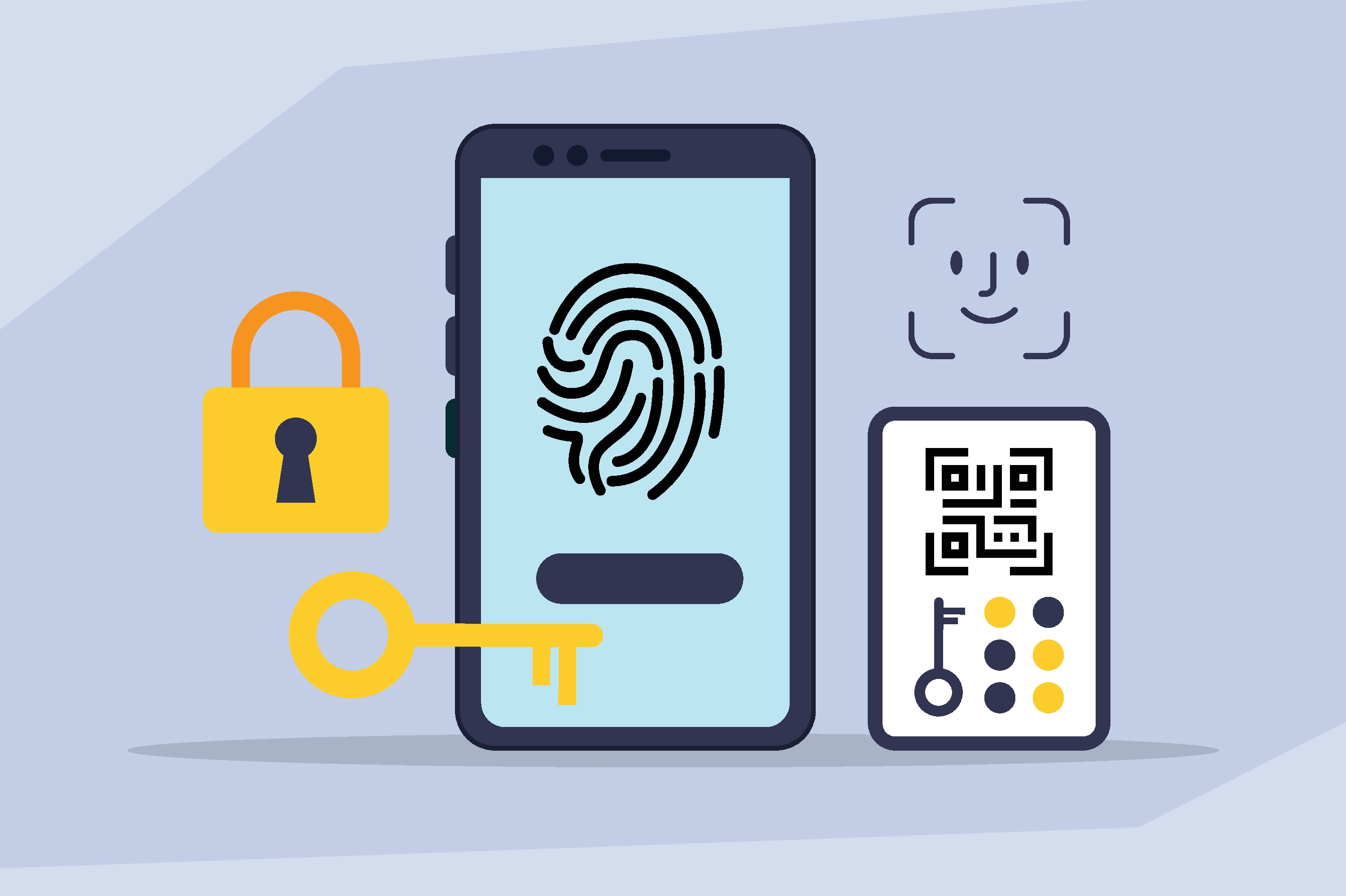Blockchain Technology in Supply Chain and Logistics


We haven’t yet scratched the surface in our attempts to find use cases for blockchain technology across industries and extract all the benefits distributed ledger can bring into sometimes unexpected application areas. For example, one of the elements of businesses that blockchain technology is believed to improve is supply chain and logistics. Like the financial services industry, in supply chain and logistics, blockchain has a great potential in increasing transparency.
Modern business models in industries requiring vast supply chains for seamless distribution of goods usually keep the network behind the store shelves hidden. Hence, for most of the products in everyday consumption, customers would find far from hassle-free models to trace the logistics and understand the origin and journey that the product they hold in their hands went through.
As noted by industry professionals, we know surprisingly little about most of the products we use every day. An almost incomprehensible network of retailers, distributors, transporters, storage facilities, and suppliers stands between us and the products we use. Yet, almost all participants of that complex network stay hidden from consumers who enjoy only the result of product design, production, delivery, and sales.
One of the industries that benefit the most from the consumer perspective is the food industry. Unfortunately, history doesn’t lack examples proving the relevance of the problem with food chains’ mass contamination cases due to poor control over suppliers and other reasons related to producing reaching the customers. The recent Chipotle food contamination crisis, the Chinese tainted milk scandal, and numerous other cases prove the necessity for changes to be applied for stringent and transparent supply chain systems control.
While companies like Everledger and Ascribe offered solutions for the diamonds and digital artwork industry to fight counterfeit, in the food industry, there’s Provenance, one of the most exciting initiatives aimed to create transparent supply chains for all types of products throughout every part of a product life cycle.
Supply chain certification on the blockchain
Provenance aims to bring transparency into supply chains by implementing supply chain certification on the blockchain.
“…we propose an alternative approach to the certification and chain-of-custody challenge in sustainable supply chains: a system to assign and verify certifications of specific properties of physical products; e.g., organic or fair trade. We will outline a model of the various materials and components from initial production through manufacture and assembly to the final customer.
“At each point in time, the prototype of our model details four key properties concerning all materials and consumables it covers: the nature (what it is), the quality (how it is), the quantity (how much of it there is), and the ownership (whose it is at any moment). Key attributes may be read and linked from pre-existing datasets such as barcodes, or newly ascribed along the way.”
The company suggests that every step of the supply chain carved into the body of the blockchain will allow to securely audit all transactions that brought the final state of being into effect, i.e., to inspect the uninterrupted chain of custody from the raw materials to the end sale.
Given the complexity of networks responsible for filling up the stores, the transparency of every step is a great deal for every relevant participant. Provenance brings up an example of a system with six types of players in the chain:
- Producers
- Manufacturers
- Registrars, which are organizations that provide credentials and a unique identity to actors
- Standards organizations, which define the rules of a particular scheme
- Certifiers and auditors, which are agents — usually separate agents, to maximize security — that inspect producers and manufacturers and verify specific standards, like annual production capacity
- Customers, the buyers of products all along with a supply chain, including the end-consumer
Any interested party with the goal to explore a particular step in the process to perform the quality assessment will be able to audit the network in which the relevant performing party verifies every step.
Each step will require a particular type of data to be registered in the ledger and its way of representation in the consumer-facing applications. If we were to take the example of manufacturers, participants would be required to input the data on the amount of raw materials used for production.
“Much as with production programs, once deployed by the certifier, the programs are operated by manufacturers, but with one additional constraint: input goods must be ‘used for any output to be created, just as in the physical world. For example, the registration of a certain amount of organic cotton fabric requires as input the appropriate amount of raw organic cotton, and after this usage, the raw organic cotton should no longer be usable. Because of its auditability, the blockchain provides the same cast-iron guarantee as in the physical world; namely, that creation of an output good can happen if and only if the required input is used.”
Enhanced brand value and control over the system for businesses and customers
Outlining the specter of benefits resulting from supply chain processes being immutably burned into the blockchain, professionals bring up previously mentioned enhanced transparency, greater scalability, better security, and increased innovation adoption.
A range of steps taken by numerous participants of the chain can be efficiently built into a system open to consumers and regulators to access whenever they need. Not only will it contribute to the brand value as a thoughtful side of the customers’ venture, but it will also allow companies to have greater control over the processes and better visibility over vendors and the quality of materials delivered.
For the customer, seeing where the produce comes from and how the raw components were sourced is an opportunity to enhance the quality of consumed and used products, which, in the long run, can potentially lead to a significant positive effect on healthcare needs.
To learn about Prove’s identity solutions and how to accelerate revenue while mitigating fraud, schedule a demo today.

Keep reading
 Read the article: The Death of the OTP: Why Legacy MFA is Failing the Modern Consumer
Read the article: The Death of the OTP: Why Legacy MFA is Failing the Modern ConsumerDiscover why legacy MFA is failing and how Prove Unified Authentication provides a smarter, frictionless alternative. Learn how to replace insecure SMS OTPs with continuous, multi-layered identity assurance that prevents fraud while boosting conversion rates.
 Read the article: Prove Launches ProveX℠, the Internet’s First Digital Trust Exchange
Read the article: Prove Launches ProveX℠, the Internet’s First Digital Trust ExchangeProve launches ProveX, ProveX, a new digital trust exchange that enables enterprises to instantly access verified data and credentials from partners, while preserving trust through every interaction
 Read the article: Beyond the OTP: Why SMS-Based 2FA Is Failing and What Comes Next
Read the article: Beyond the OTP: Why SMS-Based 2FA Is Failing and What Comes NextExplore the classic conflict between security measures and user friction.












